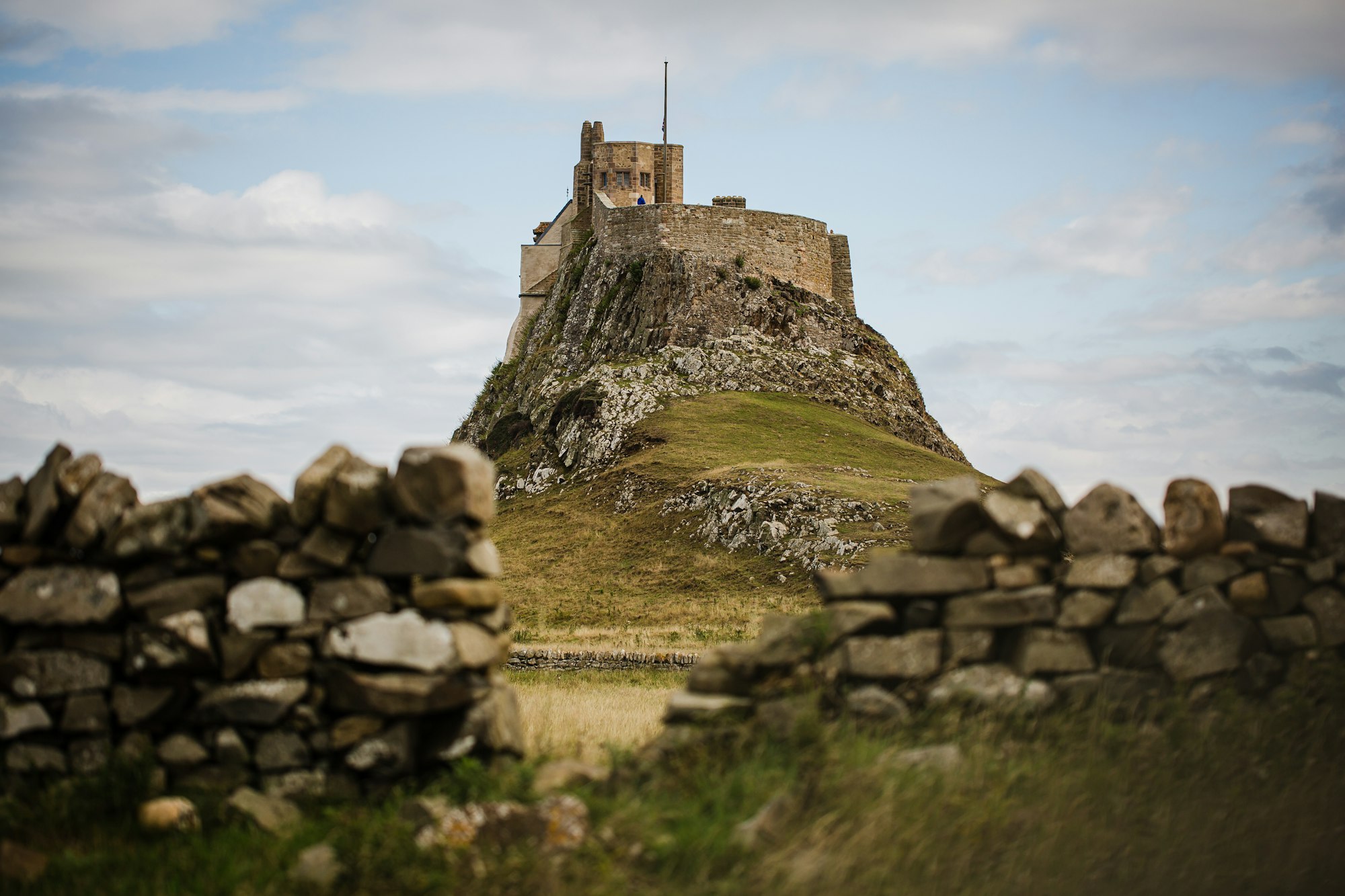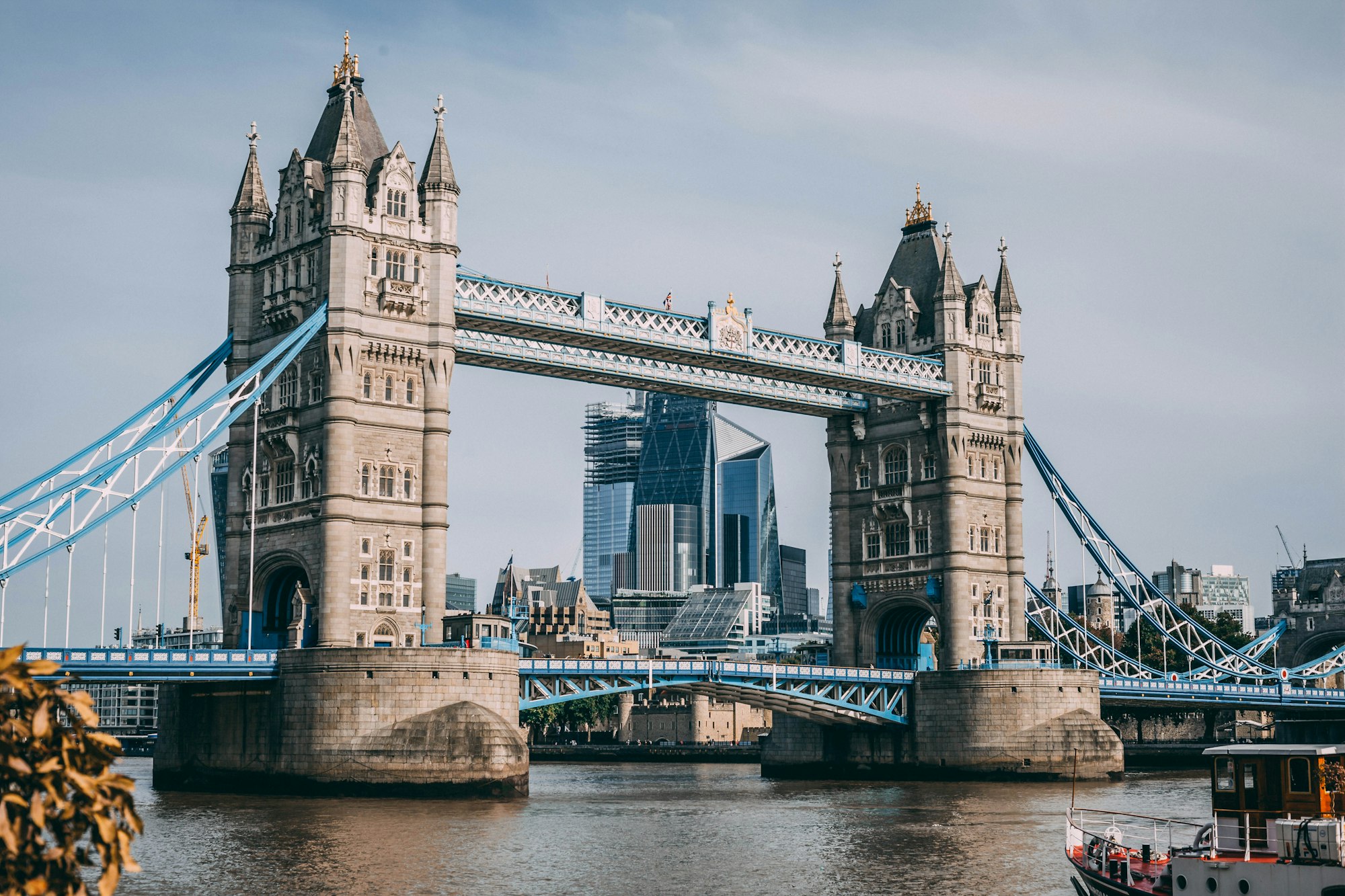Top Things to Do on Holy Island (Lindisfarne) in Northumberland

Surrounded by the ever-changing North Sea, Holy Island has many exciting things to do and see.
Raided by the Vikings and Scots and now haunted by the ghost of St. Cuthbert, it's one of the most unique tidal islands in the country that you can only access twice a day.
We loved visiting this tranquil oasis in Northumberland and here's our take on top things to do on Holy Island, also called Lindisfarne in North East England.
Bookings: Some of the links in this article are affiliate links. This means that if you choose to make a booking, we will receive a small commission at no extra cost to you. Thank You!
Top things to do on Holy Island
A visit to Holy Island can be a day trip or a weekend getaway, depending on your travelling style.
But if you want to explore the coastal route and visit the medieval town of Alnwick with its spectacular castle on the north coast of England, check out this day tour from Edinburgh.
Otherwise, use this guide as inspiration to create your own itinerary of things to do on Holy Island.
Walk across the Pilgrim's Causeway

Crossing the Lindisfarne Causeway in a car is so much fun, but walking across it is an entirely different experience.
You can park your car just before the causeway and leg it over to the Holy Island. Many people do walk over, but just be mindful of the traffic.
For a peaceful and unique experience, take the Pilgrim's Way, marked with wooden poles. Crossing into the Holy Island takes about two hours, so ensure you have some water with you.
Also, wear good walking boots as the sandy path can be damp and muddy. And most importantly - check the tidal times before you set off; more on that later!
Remember that the North Sea can sweep in quickly, and you'll be stuck on the island for the next few hours.
Start your Holy Island tour at 1st Class Food Cafe
A great trip always starts with a refreshing cup of hot brew. At least in my books.
A five-minute walk from the main car park, you'll see a Post Office. It's a post office and a cafe, where Royal Mail Red dominates the interior and the pottery - the perfect spot for a quick hot drink.
You can sit inside and relax with tea or a cup of Northern Edge coffee from a local micro roastery in Berwick-upon-Tweed in Northumberland. Or, if it's warm enough, grab a seat outside in the lovely garden and indulge in a delicious cream tea.
Stroll along the Northumberland coast
Once you've driven or walked across the causeway, stop at the Holy Island dunes. The beautiful expansive stretch of the coast here is peaceful and great for long walks, whether on your own or with your furry four-legged friends.
Park up for free at "the nook" and take a stroll. It's the first turning on the left once you've crossed the causeway.
Explore the ancient Lindisfarne Priory ruins

Lindisfarne Priory dates back to 635 and is known as the thriving base of early Christianity in northern England. To this day, it is still the leading destination of pilgrimage in Northumberland, thanks to its religious ties and peaceful surroundings.
Although you only get to walk through the 12th-Century ruins of the monastery, you still get to see "Rainbow Arch," the original structure that survived even though the main building has long since collapsed.
Miracles have been reported on the tidal island of Lindisfarne for hundreds of years. The first recorded instances are attributed to St. Cuthbert, a monk, bishop and hermit who died on the island in 687.
Eleven years after his death, when monks recovered his body from his tomb, the corpse was found intact, so the cult was founded to revere him as a saint.
It's believed that around the same time, Eadfrith, bishop of the Lindisfarne Priory, created Lindisfarne Gospels, the most important and impressive manuscript to survive in Anglo-Saxon England.
Lindisfarne is also known for being ravaged by the Vikings. The 8th of June 793 is remembered as the first Viking raid on Lindisfarne, which marks the beginning of the Viking Age for many historians.
Despite the continuous raids of the Northmen at Lindisfarne, the Christian community managed to survive. The Cult of St. Cuthbert became even more powerful and helped to unite a divided country into Medieval times.
Hop to St. Cuthbert's Isle

From the small graveyard next to the Lindisfarne Priory, you can catch a sight of St. Cuthbert's Isle. When the tide is out, you can walk across the rocks and enjoy the views of the sea and the Lindisfarne shores from afar.
When St. Cuthbert first arrived at the Holy Island and joined the priory, he lived on this isle as a hermit. As a monk, he wished to practice the Roman Catholic way of life rather than adhere to Irish practices.
Even though the King later made him the bishop of Lindisfarne, his reputation proceeded him as a healer instead.
Travelling around the UK? Save money by buying the English Heritage: Attractions Pass for Overseas Visitors in advance and enjoy free entry to over 100 English Heritage sites, including Stonehenge, Dover Castle, Hadrian's Wall, and more.
Climb the Lookout Tower

For stunning 360-degree views of Holy Island, head for the observation tower. Located on a hilltop, it provides a lovely panorama of the Lindisfarne Priory from above.
Climb all the way to the top to enjoy the Northumberland coast and the castle from a different angle.
Observe the nature at Rocket Field
As well as a pilgrimage destination, Holy Island is a Natural Nature Reserve and home to some rather unique flora and fauna.
The newly built Rocket Field building is a great place to observe the island's wildlife. Located on the main road, it's a stone's throw from the castle. The cleverly designed building accommodates both the birds and the observers.
Inside the building, there's a large observation window with views out onto the Rocket Field, while the roof has many eaves for the birds to nest.
Spot Lindisfarne Castle

Visible from almost everywhere on the Holy Island, the Lindisfarne Castle, which is not a castle, sits atop a rocky bump a few miles off the Northumberland coast.
It was built in 1550 to protect the harbour from the invasion of Scots and Vikings. According to the islanders, the ghost of St. Cuthbert hunts the castle during the full moon when the tide is high. Spooky.
There's not only the majestic view of the castle, but also the walk leading up to the fortress is delightful. When the sea is out, the fishing boats sit patiently in the pebbled harbour, and the whole site looks mystical.
As you approach the castle and start seeing the details up close, you'll notice that it looks more modern than its founding date. That's because, in 1901, the castle was purchased by Mr. Edward Hudson, the owner of the widely regarded Country Life magazine.
Following his vision, the castle was converted into a luxury holiday home by the architect Sir Edwin Lutyens.
Today, the National Trust looks after the site. There's an exhibition in the castle that tells unheard stories and showcases memories of the islanders and what the Lindisfarne castle was like before it got redesigned.
Unwind at Gertrude Jekyll's garden
On the slopes of the Lindisfarne castle, you'll find a lovely surprise - a brightly coloured flower garden. It was designed by Gertrude Jekyll, an artist and plantwoman, in 1906 as a summer entertainment for Edward Hudson's guests.
She also sowed wildflowers around the castle using a shotgun loaded with seeds. What a genius! You can still spot them growing in the rocks as you explore the castle grounds.
Inside the garden, you can relax on one of the benches and enjoy the views of Lindisfarne Castle in the distance. Even on a windy and rainy day, the garden bursts with colour.
Taste local mead

After (or before) the visit to the castle, pop into St Aidan's Winery and taste the locally brewed mead. The shelves here are stacked to the brim with Lindisfarne mead, wine, gin, liqueur, and rum to purchase.
Before you grab a bottle, be sure to taste one (or all) of the famous Lindisfarne meads: the original, blood orange, spiced, and pink, the newest addition to the mead collection.
The taste is subtle, but don't get fooled by the mellowness of the "nectar of the gods." It's an alcoholic fortified wine manufactured on the island from local pure water, honey, and herbs.
The tasting station is on the left as you enter the shop. Enjoy!
Visit Lindisfarne Heritage Centre
If the weather is not on your side during your visit to the Holy Island, pop into Lindisfarne Heritage Centre. Here you can enjoy the various exhibitions about the Vikings and the islanders while staying warm and dry.
Here you'll also discover an interactive replica of the Lindisfarne Gospels. The original copy of the manuscript is stored in the British Library; check it out for free if you plan a trip to London.

Holy Island travel tips

Getting to Holy Island
Getting to Holy Island is easy.
The nearest train station is in the picturesque Berwick-upon-Tweed, the last town in England before crossing north into Scotland.
In the summer months, you can also get a regular local bus or a taxi from the train station.
Stay safe and check the tidal times
The tide on Lindisfarne comes in twice a day, so check the timings as part of preparations for your trip to Holy Island. You can check the tidal timings here.
If you plan a day trip, get there as early as possible to beat the crowds.


